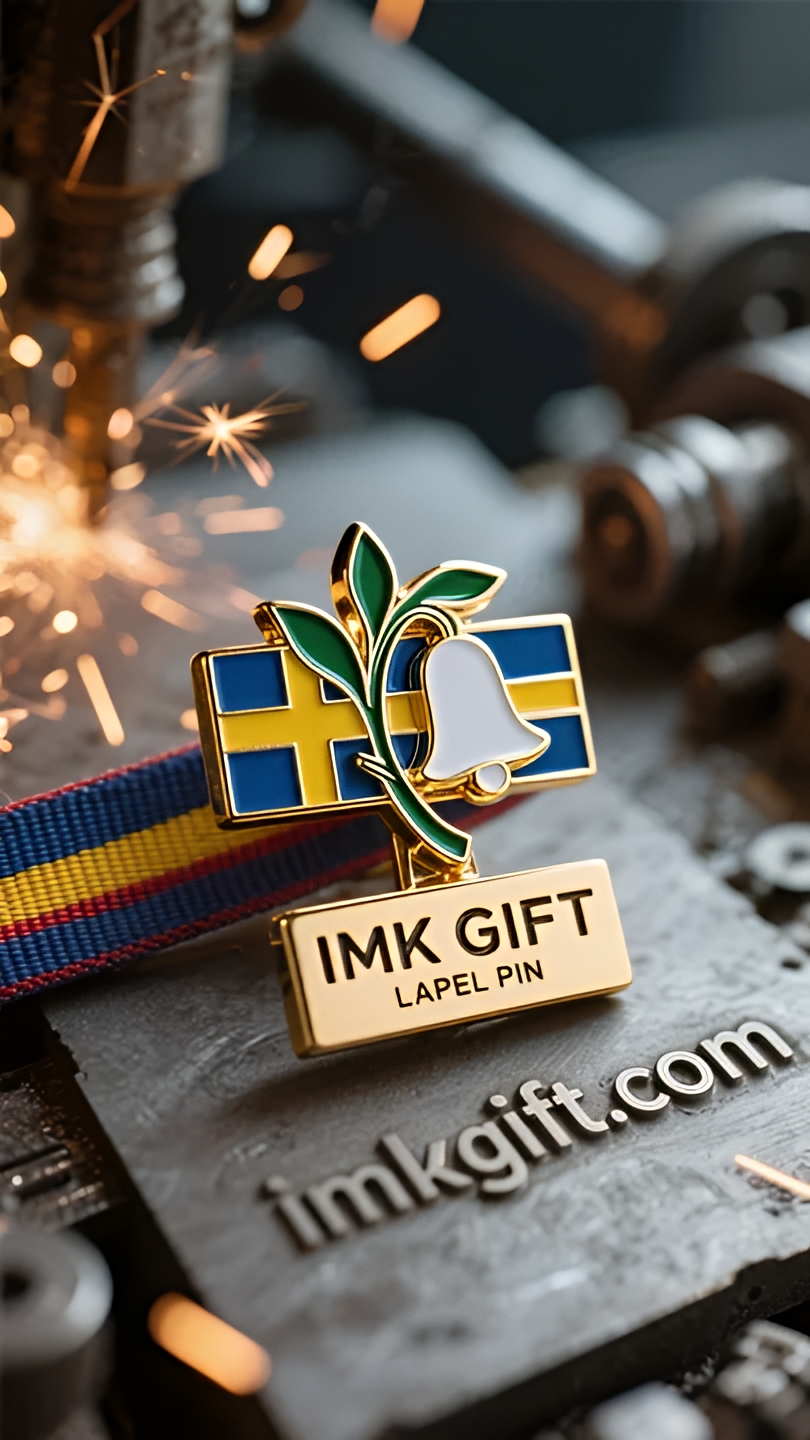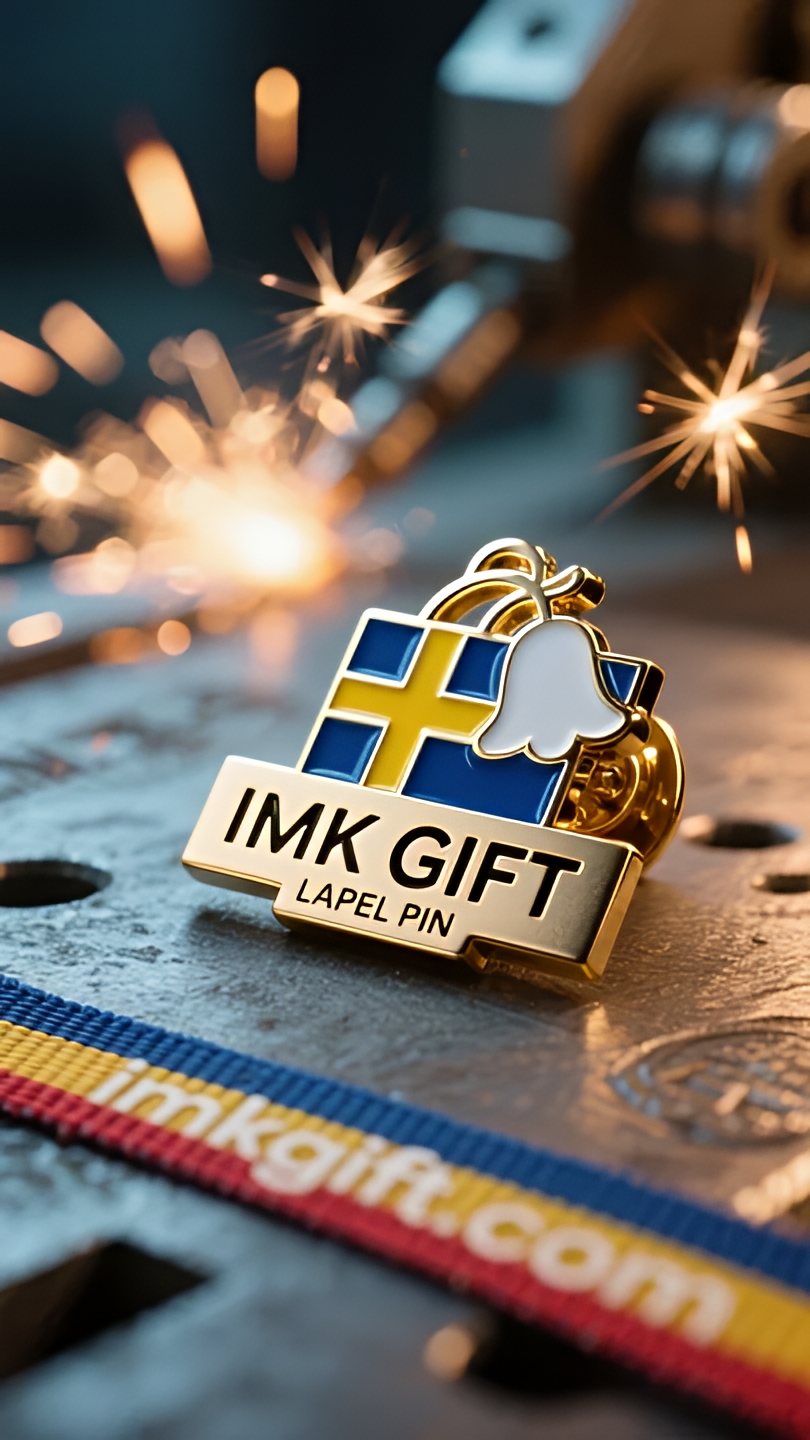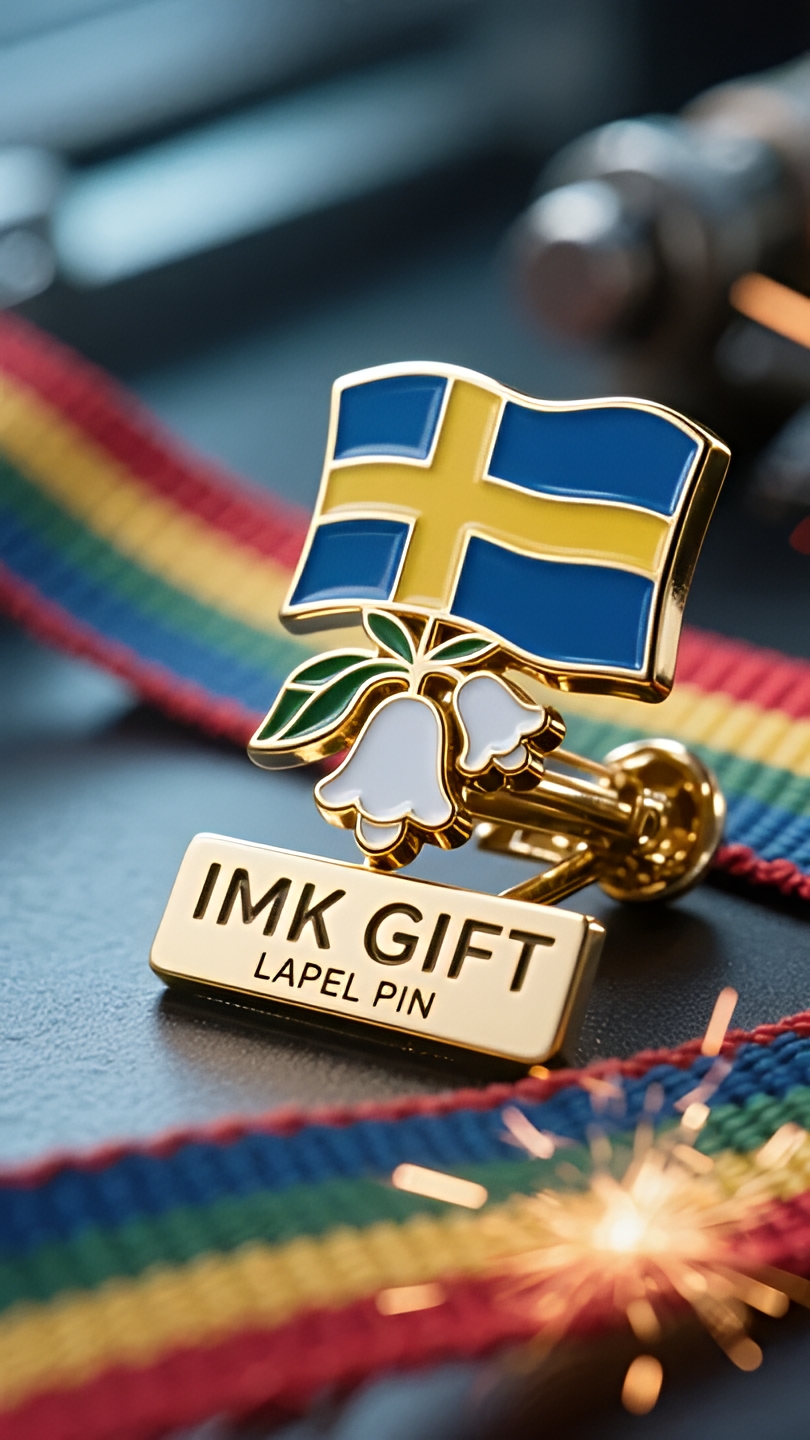in998-Liljekonvaljlöfte-under-Blå-Korset-Blommande-hopp-i-uthållighet
▼
Juni är årets ljusaste årstid i Sverige. De blå och gula nationalflaggorna som hänger på gatorna och liljekonvaljemblemen kan ses överallt och väva samman en unik nordisk andlig totem i polardagens ljus. Det gula korset på blå bakgrund på den svenska flaggan bär den eviga tron på sjöar, himmel och ljus; och de tre kronorna omgivna av liljekonvaljer på det nationella emblemet berättar om en djupare nationell kod. Liljekonvalj är en symbol för renhet och återfödelse i svensk kultur. Den nedåthängande hållningen hos dess klockformade blommor antyder en ödmjuk och återhållsam styrka. Precis som metaforen för det nationella emblemet antyder: de tre kronorna representerar den visdom som ärvts från historien, medan liljekonvaljerna som omger dem symboliserar den nya kraft som skyddar denna civilisation. Denna växt kan gro i den karga, frusna jorden och blomma doftande under den korta sommaren, precis som den ihärdighet som svenskarna visar inför den hårda naturen. När midsommarfacklorna tänder Blå Korsets flagga placeras en bukett liljekonvaljer på bordet hos varje svensk familj. Detta är inte bara en festlig dekoration, utan också en hyllning till livets cykel – de rötter som överlever den långa vintern kommer så småningom att få nya knoppar i solen. I det moderna samhället håller denna anda på att omvandlas till en ihållande drivkraft för att hantera klimatkrisen och teknisk innovation. Precis som liljekonvaljens emblem påminner oss: sann styrka ligger inte i publicitet, utan i uthållighet djupt nere i jorden, i tron att våren kommer efter den kalla vintern. Från vikingaskepp till koldioxidneutrala städer, varhelst blå och gula flaggor vajar, dröjer sig den subtila doften av liljekonvalj kvar. Detta kan vara den uppenbarelse som Sverige har gett världen: endast genom att omvandla historisk ansamling till jordmån som ger näring åt nytt liv kan hoppets eviga blomma blomstra i tidens flodvåg.
June is the brightest season of the year in Sweden. The blue and yellow national flags hanging in the streets and the lily of the valley emblems can be seen everywhere, interweaving a unique Nordic spiritual totem under the light of the polar day. The yellow cross on the blue background of the Swedish flag carries the eternal belief in lakes, sky and light; and the three crowns surrounded by lilies of the valley on the national emblem tell a deeper national code. Lily of the valley is a symbol of purity and rebirth in Swedish culture. The downward drooping posture of its bell-shaped flowers implies a humble and restrained power. As the national emblem design metaphorically implies: the three crowns represent the wisdom of historical inheritance, and the lilies of the valley surrounding them symbolize the new power to protect this civilization. This plant can sprout in the barren frozen soil and bloom with fragrance in the short summer, just like the tenacity shown by the Swedes in the face of harsh natural environment. When the torches of Midsummer Festival illuminate the blue cross flag, every Swedish family will have a bouquet of lilies of the valley on the dining table. This is not only a festive decoration, but also a tribute to the cycle of life – those roots that survive the long winter will eventually sprout new buds in the sun. In modern society, this spirit is being transformed into a continuous driving force for responding to the climate crisis and technological innovation. Just as the lily of the valley emblem reminds us: the real power lies not in publicity, but in the persistence of being buried deep in the soil, and in the belief in spring after the cold winter. From Viking longships to carbon-neutral cities, the fragrance of lily of the valley always lingers wherever the blue and yellow flags fly. This may be Sweden’s revelation to the world: only by turning historical accumulation into soil that nourishes new life can the eternal flower of hope bloom in the tide of the times.
六月的瑞典迎来一年中最明亮的季节,街头巷尾悬挂的蓝黄国旗与随处可见的铃兰徽章,在极昼的天光下交织出独特的北欧精神图腾。瑞典国旗的蓝底黄十字,承载着对湖泊、天空与光明的永恒信仰;而国徽上那枚由铃兰环绕的三王冠纹样,则诉说着更深层的民族密码。
铃兰在瑞典文化中是纯洁与重生的象征,其钟形花朵向下低垂的姿态,暗含着谦逊内敛的力量。正如国徽设计所隐喻的:三顶王冠代表历史传承的智慧,而环绕其外的铃兰则象征着守护这份文明的新生力量。这种植物能在贫瘠的冻土中萌芽,在短暂的夏季绽放芬芳,恰似瑞典人面对严酷自然环境时展现的坚韧品格。
当仲夏节的火把照亮蓝十字旗时,每个瑞典家庭的餐桌上都会摆着铃兰花束。这不仅是节庆装饰,更是对生命循环的致敬——那些熬过漫长寒冬的根系,终将在阳光下舒展新芽。现代社会中,这种精神正转化为应对气候危机、科技创新的持续动力。就像铃兰徽章提醒我们的:真正的力量不在于张扬,而在于深埋土壤的坚持,在于寒冬过后依然相信春天的信念。
从维京长船到碳中和城市,蓝黄旗帜飘扬处,铃兰的幽香始终萦绕。这或许就是瑞典给世界的启示:唯有将历史积淀化为滋养新生的土壤,才能在时代浪潮中开出永恒的希望之花。
▼
Contact Us
📞 Tel: +0086-760-85286839
📧 Email: sales3@imkgift.com








